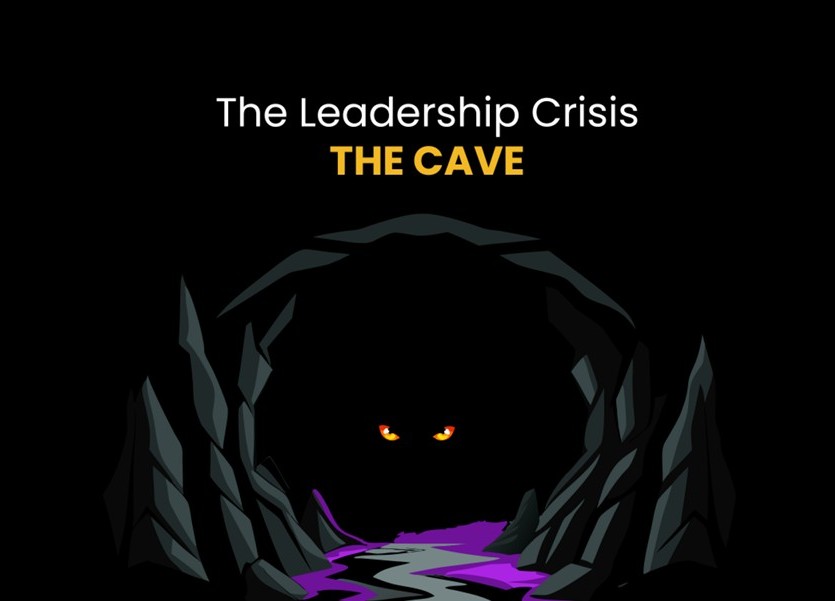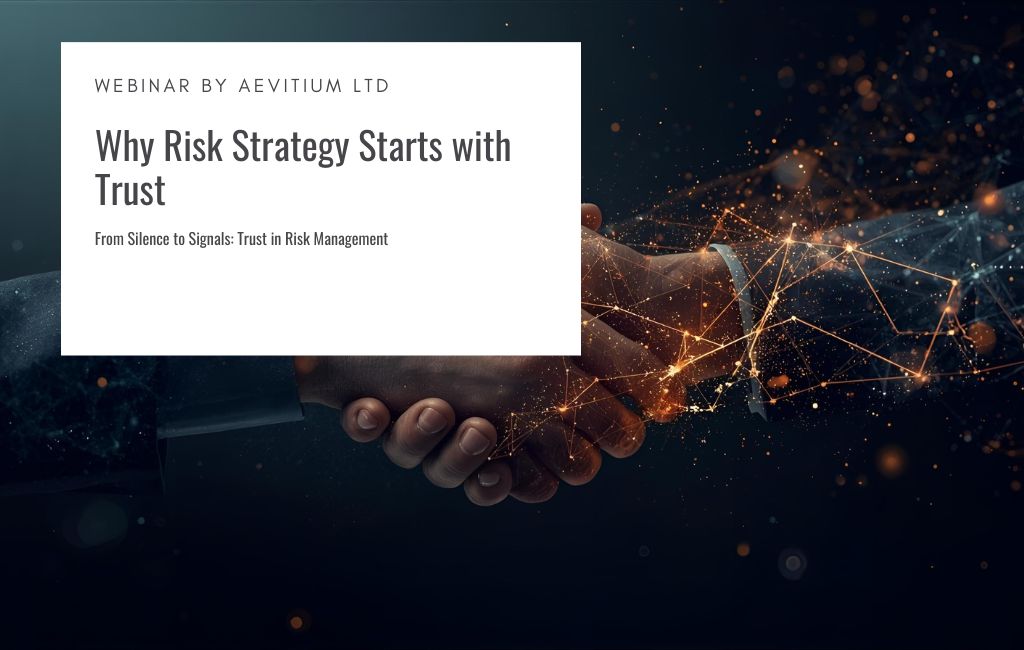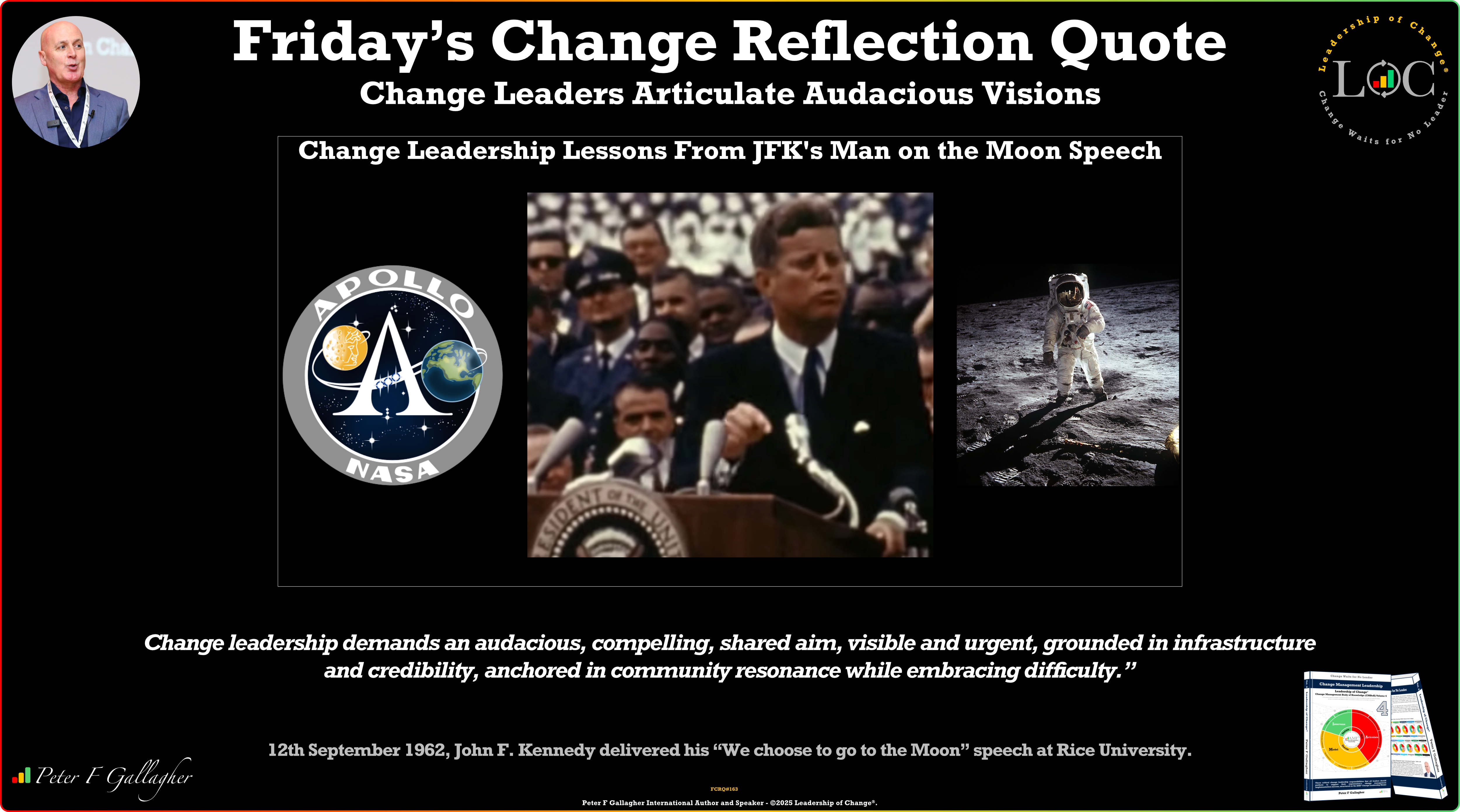Oct16

Change is the only constant in life, and the same holds true for organizations. There comes a pivotal moment in every organization's lifecycle when change is not merely an option but a requisite for growth and survival. Yet, when leaders seek to implement transformative changes, they often confront a monolithic wall of resistance labeled, "That's how we've always done it." But great leaders, leaders who are grounded, know how to navigate this resistance to bring about effective organizational change. Below, we dig deeper into each phase of this change journey, providing concrete examples and fresh perspectives to enrich your leadership toolkit.
Assess the Landscape
Lead with Vision
Operationalize the Change
Unearth the Hidden Champions
Cultivating a Culture of Adaptability
Leading change in a resistant environment is akin to sailing against the current; it demands more than skill - it requires courage. The steps outlined above are not quick fixes but rather guideposts on a longer journey toward instilling a culture of adaptability and growth. As you navigate change, remember that the strongest leaders are those who listen, empathize, and inspire. With intention and strategy, you can turn the tides and lead your organization toward uncharted waters of success.
Keywords: Change Management, Coaching, Leadership
 China Outpaces U.S. in Shipbuilding: 1,000 to 8
China Outpaces U.S. in Shipbuilding: 1,000 to 8 The Innovation Dilemma: Open-Weight Versus Proprietary Models in Knowledge Distillation
The Innovation Dilemma: Open-Weight Versus Proprietary Models in Knowledge Distillation From Caves to Corner Offices: Why Grant McGaugh’s “First Light” Breaks Every Rule of Business Literature
From Caves to Corner Offices: Why Grant McGaugh’s “First Light” Breaks Every Rule of Business Literature Why Risk Strategy Starts with Trust
Why Risk Strategy Starts with Trust Friday’s Change Reflection Quote - Leadership of Change - Change Leaders Articulate Audacious Visions
Friday’s Change Reflection Quote - Leadership of Change - Change Leaders Articulate Audacious Visions